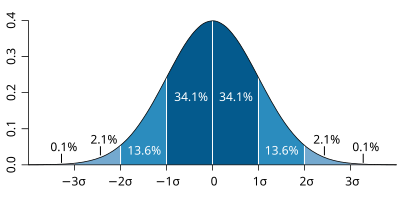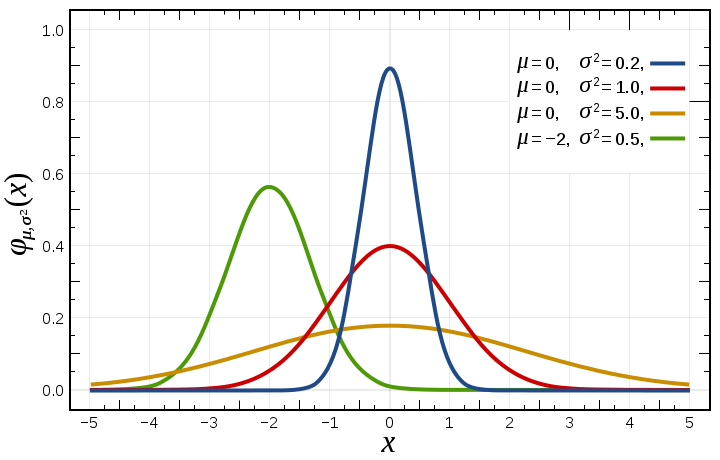Intro (or Review) of Statics 18.1

Statics:
The study of equilibrium, stationary systems subject to applied forces.Applications - design of buildings
Design of bridges
Design of load bearing structures that are supposed to remain static and stationary.
Force: Push or Pull
- Body Force - distributed internally throughout a structure
- Surface Force or Concentrated Force - force localized at a specific point.
- concurrent Force - system of forces that can be represented by a single force
- non-concurrent - force systems with parallel components that cannot be simplified into a single force.
-
Resultant Force - equivalent force of the total system - or vector sum of all the individual forces.
Forces are represented by vectors (an arrow) with a defined orientation and direction - vectors can be 2D or 3D.
Example in book: 18.1 pg 472
Find the resultant force
Ry = 100sin30°+200sin45°=191.4
R = SQRT(104.8^2 + 191.42^2) = 218.2

Rx = 200cos54.7° + 0 = 115.5
Ry = 200cos54.7° + 100cos45° = 186.3
Rz = 200cos54.7° + 100cos45° = 186.3
Moment:
rotation around an axis
M = Fd
d = perpendicular distance from the line of action to the force
See example 18.2 in book
Equilibrium
Summation of all the forces and moments is zero
Free Body Diagram
~~~~~~~~~~~~~~~~~~~~~~~~~~~~~~~~~~~~~~~~~~~~~~~~~~~~~~~~~~~~~~~~~~~~~
Statics lab: Find Static Frictional Coefficients - μs

Myth buster questions to investigate in lab:
#1: Is the max incline before slip really independent of mass?
A great big truck - vs a little lightweight car - if they both have the same tires, they will both slide around the same?
Many people add sandbags to their car / truck in the winter to try and increase their traction - do sandbags help (if they have 4WD)? Do they help on a flat road? Do they help on a hill?
Question #3: Road bike with skinny tires, vs. trail bike with fat tires - Why are there different bike (and car) tire designs based on what types of roads and trails you are on? (Snow tires vs. regular tires) Compare tire performance on various surfaces - slick surface vs. rough surface.
Other lab data -
Which shoes are safest for Granny to wear?
Which gloves are the most slip resistant?
Taking Data in lab:
- Repeat each measurement 4 times
- Compare the data you get to the data other teams get - is it repeatable?
- What is the error in measurement?
Uncertainty Analysis:
Errors in Physical Measurements
- X = True Value
- xi = measured value
- n = number of measurements taken
- Accuracy = how close xi is to true value X
- Precision = how good grouping is
Mean:

- Median = midpoint in events (½points below, ½ points above)
- Mode = most frequently occurring value
- Error = ei =
Deviation from true value: ei = xi - X
- We do not (and cannot) know X - so - Approximate X by the mean µ
- ei* = xi - µ
- ei* approximates ei and is called an estimator of ei.
- Random deviations: Human errors, normal distribution
- Systematic deviations: Calibration errors
- Relative Error = DX/X -or- = ei/m
- Variance

- Standard Deviation = width of distribution, estimate of average error
- Standard Deviation of Mean (SDOM)
Gaussian (Normal) Distribution, or common probability distribution.
(Take a bunch of data, probability that data will fall within a certain range)

Example of different distributions taken with different precision -

- low standard deviation = data points very close to the mean
- high standard deviation = data points spread out over a large range of values.



Cool innovations:
http://www.youtube.com/watch?v=LBHVKFCoYFc











No comments:
Post a Comment